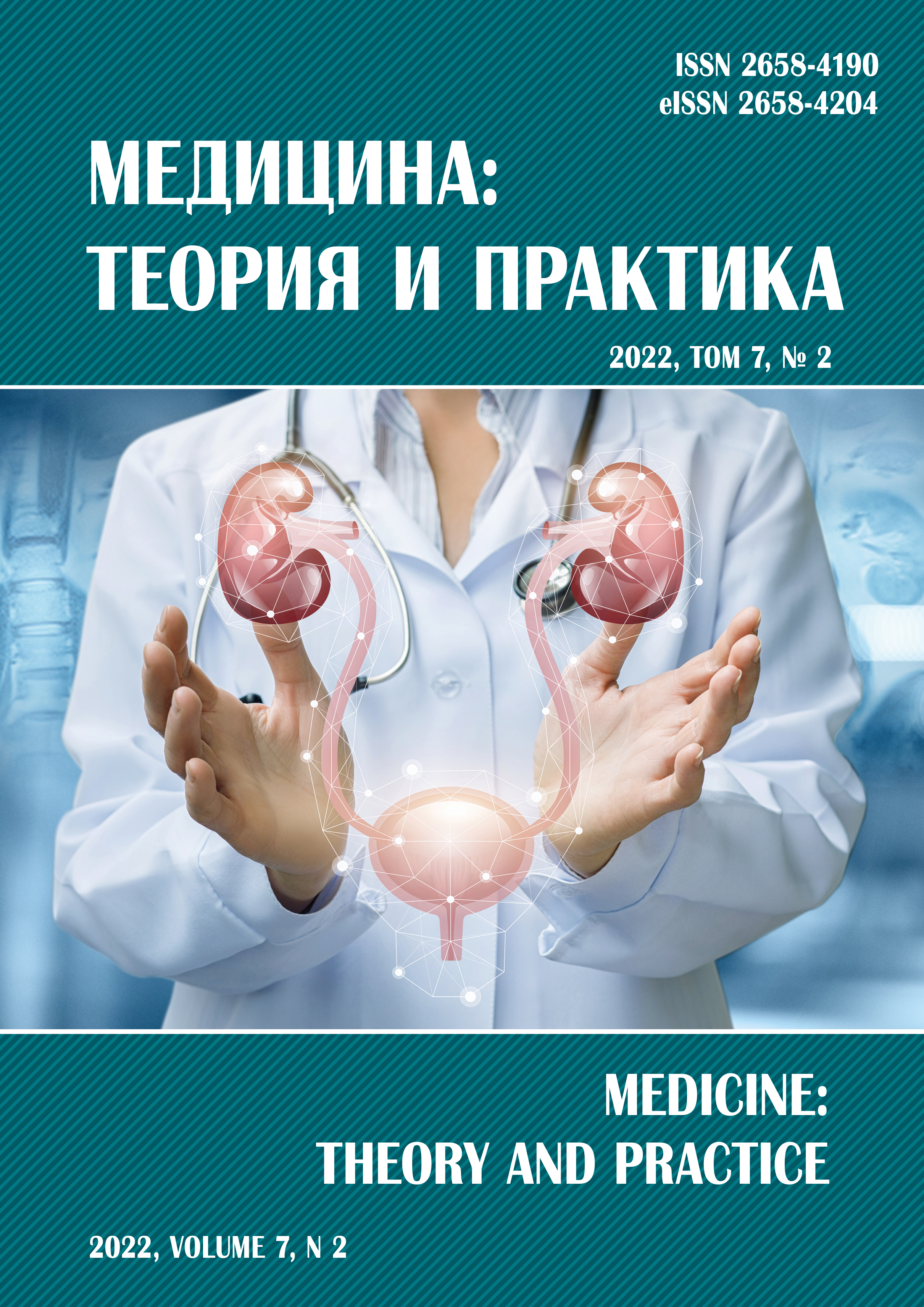BRUGADA SYNDROME. PECULARITIES IN CHILDREN
Abstract
Since description of Brugada syndrome, noticeable progress has been made in understanding the key mechanisms of the disease, as well as in the diagnosis and stratification of the risk of sudden cardiac death and ventricular arrhythmias in patients with Brugada syndrome (SB). Brugada syndrome is a hereditary clinical -electroсardiographic arrhythmic syndrome characterized by a high risk of developing ventricular arrhythmias, which, according to modern data, are the cause of sudden cardiac death in 4-12 % of all sudden death cases. Assessment of the real frequency of occurrence of SB in the population is complicated by the frequent asymptomatic course of this syndrome. In men, SB occurs 8-10 times more often than in women. When conducting electrocardiography in patients with SB, a characteristic ECG pattern is observed. ST segment elevation in the right chest leads. Risk stratification of ventricular arrhythmias and sudden cardiac death in patients with SB is critical, as it affects the patient’s management. There is no specific treatment for the disease, drug (antiarrhythmic) therapy is used, implantation of cardioverter defibrillators is performed, and radiofrequency catheter ablation is also possible. The most common primary manifestations of SB in children are family history (47 %), accidental ECG findings (25 %), syncope (14 %), arrhythmias (13 %), sudden cardiac death (1 %).



